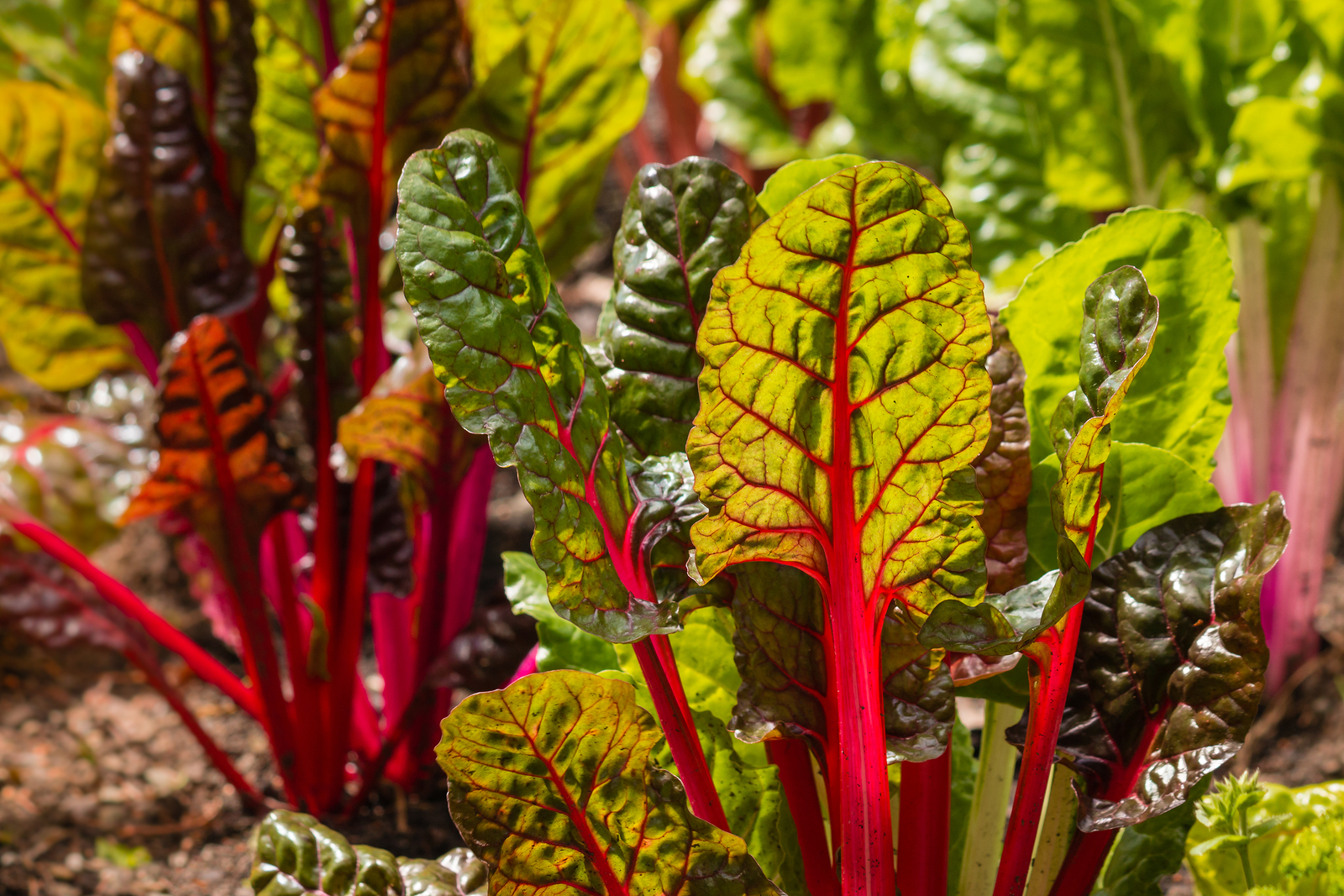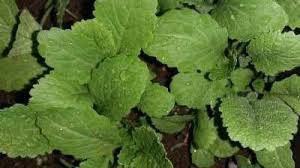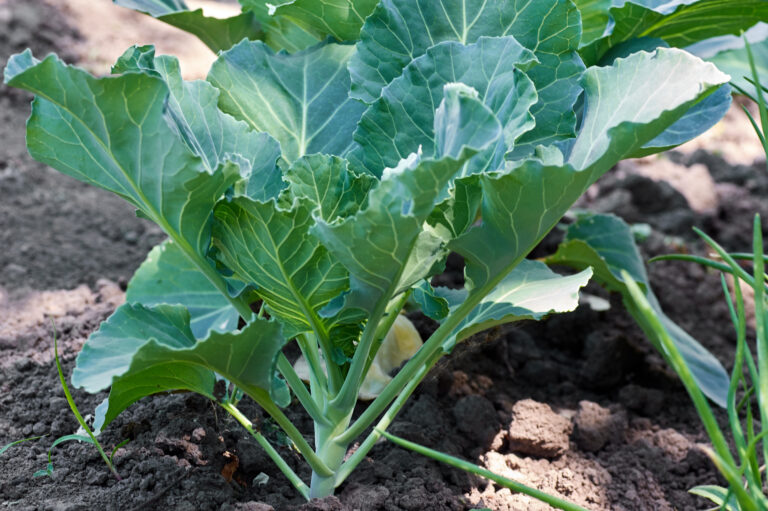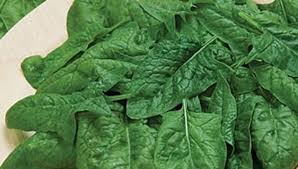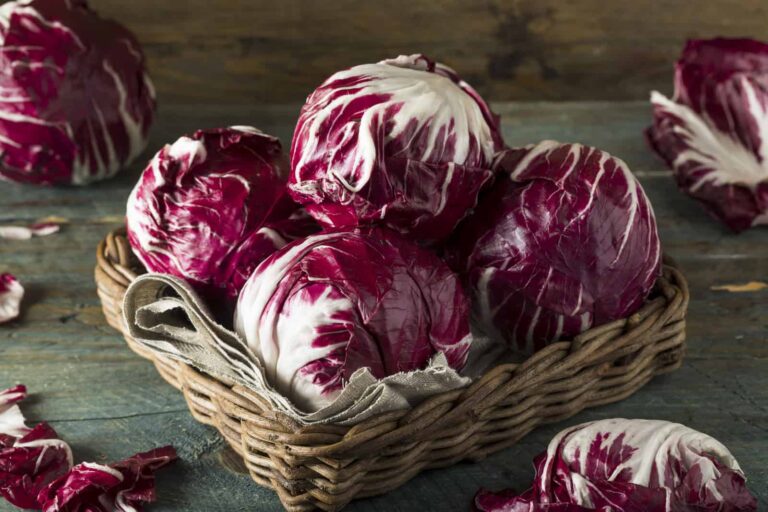When to Plant Swiss Chard for Spring, Summer, and Fall Harvest
Swiss chard is a nutrient-dense, hardy leafy green prized for its vibrant colors and versatility in the kitchen. As an experienced gardener with more than 30 years of growing leafy greens in mild climates, I’ve learned that timing your planting for Swiss chard is key to maximizing harvests through spring, summer, and fall. This post shares expert guidance on when to plant Swiss chard in each season, supported by scientific research and practical experience, so you can enjoy fresh, tender leaves year-round.
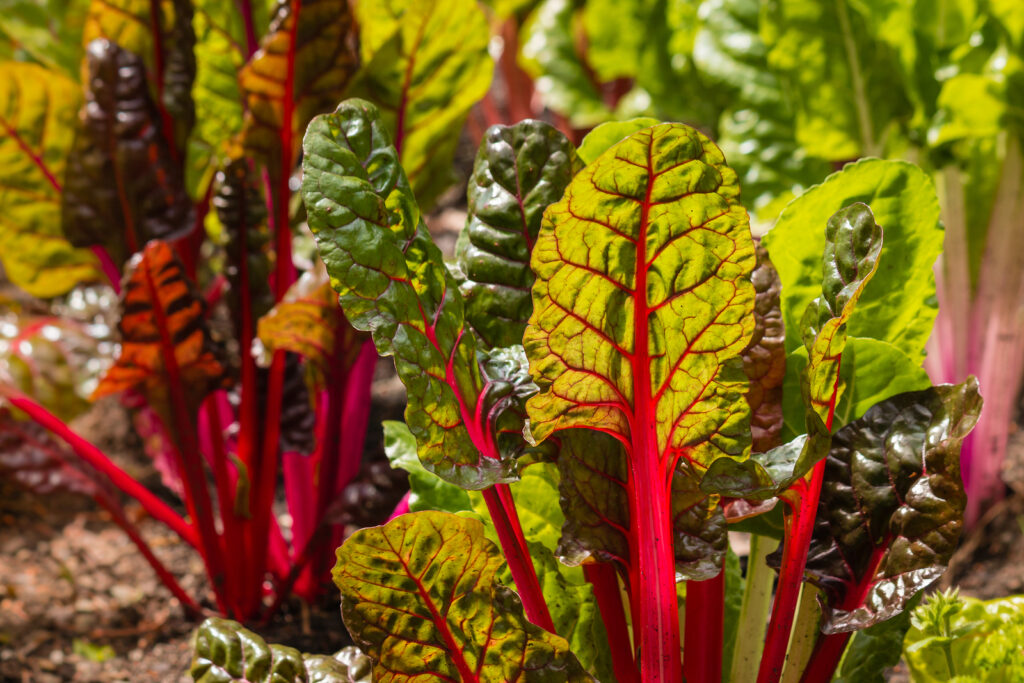
Understanding Swiss Chard’s Growing Preferences
Swiss chard thrives in cool to moderate temperatures, generally between 50°F and 75°F (10°C to 24°C). It can tolerate light frost and moderate heat but grows best when extremes are avoided. Knowing your local climate and frost dates is essential for scheduling planting times.
Spring Planting
Best Time: Plant Swiss chard seeds 2 to 4 weeks before your last expected spring frost date. This early start allows seedlings to establish in cool soil and mature into tender leaves before summer heat arrives.
- Why: Swiss chard can handle cool spring soil temperatures and light frosts, giving you a strong early-season crop.
- How: Sow seeds about ½ inch deep, spaced 2-3 inches apart, thinning to 6-12 inches once seedlings emerge.
Summer Planting
Best Time: In mild climates, plant Swiss chard again in mid to late summer for a fall harvest. For hotter regions, wait until late summer when daytime temperatures moderate.
- Why: Swiss chard tolerates some heat but prefers partial shade in summer to prevent bolting (premature flowering).
- How: Choose a location with afternoon shade or use shade cloth. Water consistently to reduce heat stress.
Fall Planting
Best Time: Sow Swiss chard seeds in late summer to early fall, roughly 6 to 8 weeks before the first expected frost.
- Why: Cooler fall temperatures encourage steady growth and tender leaves. Swiss chard’s frost tolerance means you can harvest well into winter in mild climates.
- How: Prepare soil with compost for nutrient boost. Mulch to conserve moisture and regulate soil temperature.
Expert Tips for Year-Round Swiss Chard Success
- Succession planting: Plant seeds every 4 to 6 weeks during the growing seasons to maintain continuous harvests.
- Soil preparation: Rich, well-draining soil with organic matter promotes vigorous growth.
- Watering: Consistent moisture is crucial; avoid letting soil dry out to prevent leaf bitterness and bolting.
- Pest management: Monitor for common pests like aphids and leaf miners; organic controls maintain plant health.
My Experience
With over three decades of hands-on gardening experience in USDA zones 8–10 and studies in plant physiology, I’ve cultivated Swiss chard across multiple seasons and climates. This post combines my practical insights with research-backed horticultural best practices to provide reliable, actionable advice tailored for gardeners seeking year-round Swiss chard harvests.
🌿 Swiss Chard Learning Hub
Start here: The Ultimate Chard Growing Guide: From Seed to Harvest
✅ Planting & Seasonal Timing
- Swiss Chard Seed Starting Tips
- How to Grow Swiss Chard Year-Round in Mild Climates
- When to Plant Swiss Chard for Spring, Summer, and Fall Harvests
- Succession Planting Swiss Chard for Continuous Harvests
- Growing Swiss Chard in Containers
✅ Growing Techniques
✅ Care & Maintenance
- Watering Swiss Chard: How Much and How Often
- Why Is My Swiss Chard Wilting? Common Growing Problems and Fixes
- How to Keep Swiss Chard From Getting Bitter
✅ Pests & Diseases
✅ Harvesting & Use
- How to Harvest and Store Swiss Chard
- Five Ways to Cook Swiss Chard
- How to Harvest Swiss Chard So It Keeps Growing
✅ Varieties & Selection
- Best Swiss Chard Varieties for Colorful Garden Beds
- Top Swiss Chard Varieties for Small-Space Gardens and Containers
✅ Companion Planting & Rotation

